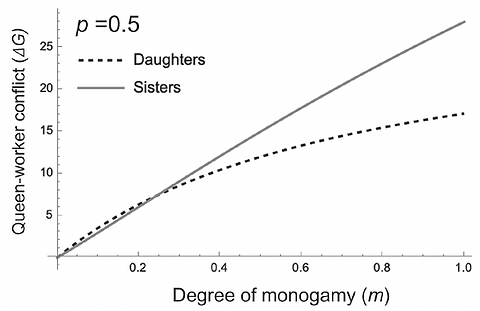top of page
ANDREW (ANDY) ZINK, PH.D.
PRESIDENT OF DEEP SPRINGS COLLEGE
PROFESSOR OF BIOLOGY (ON LEAVE)
SAN FRANCISCO STATE UNIVERSITY
Research Areas
Research: About
Research: Publications

Salamander sociality and disease dynamics
Using field and laboratory studies we have been documenting relationships between communal nesting and fungal disease, for populations and species of Batrachoseps.
We have taken a similar approach with salamanders across the genera Taricha, Aneides, and Ensatina. This project is a collaboration with Vance Vredenburg (SFSU) and was supported by NSF.
Research: Publications
Research: Publications

Behavioral ecology of an invasive earwig
The maritime earwig lives in dense colonies along the seashore, where females initiate and guard solitary nests. Our work has shown that the function of maternal care is to remove pathogens from eggs and to defend eggs against cannibalism by other females. Most recently we have profiled the protective bacteria females deposit on their eggs. This LINK provides more detail on our research on male weapon asymmetry.
Research: Publications

Bacterial microbiomes of salamanders in CA
In collaboration with Vance Vredenburg we have been profiling bacterial communities on the skin of Ensatina eschscholtzii, which form a “ring” species complex across California. Our goal is to understand the influence of genetics, life history, and surrounding habitat on the composition of Ensatina microbiomes. We have also profiled bacterial communities found on other salamander species within the genera Batrachoseps and Aneides.

Modeling cooperation in animal societies
Much of Dr. Zink's research has involved the modeling of cooperation versus conflict in animal societies using game theory and optimality approaches. This work has focused on joint-nesting vertebrates and insects to understand conflict over both offspring care and offspring production (reproductive skew).
Research: Publications

Behavioral strategies of goldenrod treehoppers
For his Ph.D. thesis Dr. Zink worked on maternal care and communal egg-laying by treehoppers on goldenrod. In addition to quantifying the costs and benefits of egg guarding, he discovered that females adopt an alternative tactic of laying eggs in the nests of other females without providing any care themselves (brood parasitism). He found that females adopting a mixed strategy had the highest lifetime reproductive success.

Behavior of insect pests on CA cotton flowers
Dr. Zink's USDA postdoctoral fellowship focused on the feeding behaviors of a major insect pest in California cotton (Lygus hesperus). In collaboration with Jay Rosenheim (UC Davis), he found stage and sex-dependent differences in feeding behavior that translated into differences in flower bud abscission.
Research: Publications
bottom of page